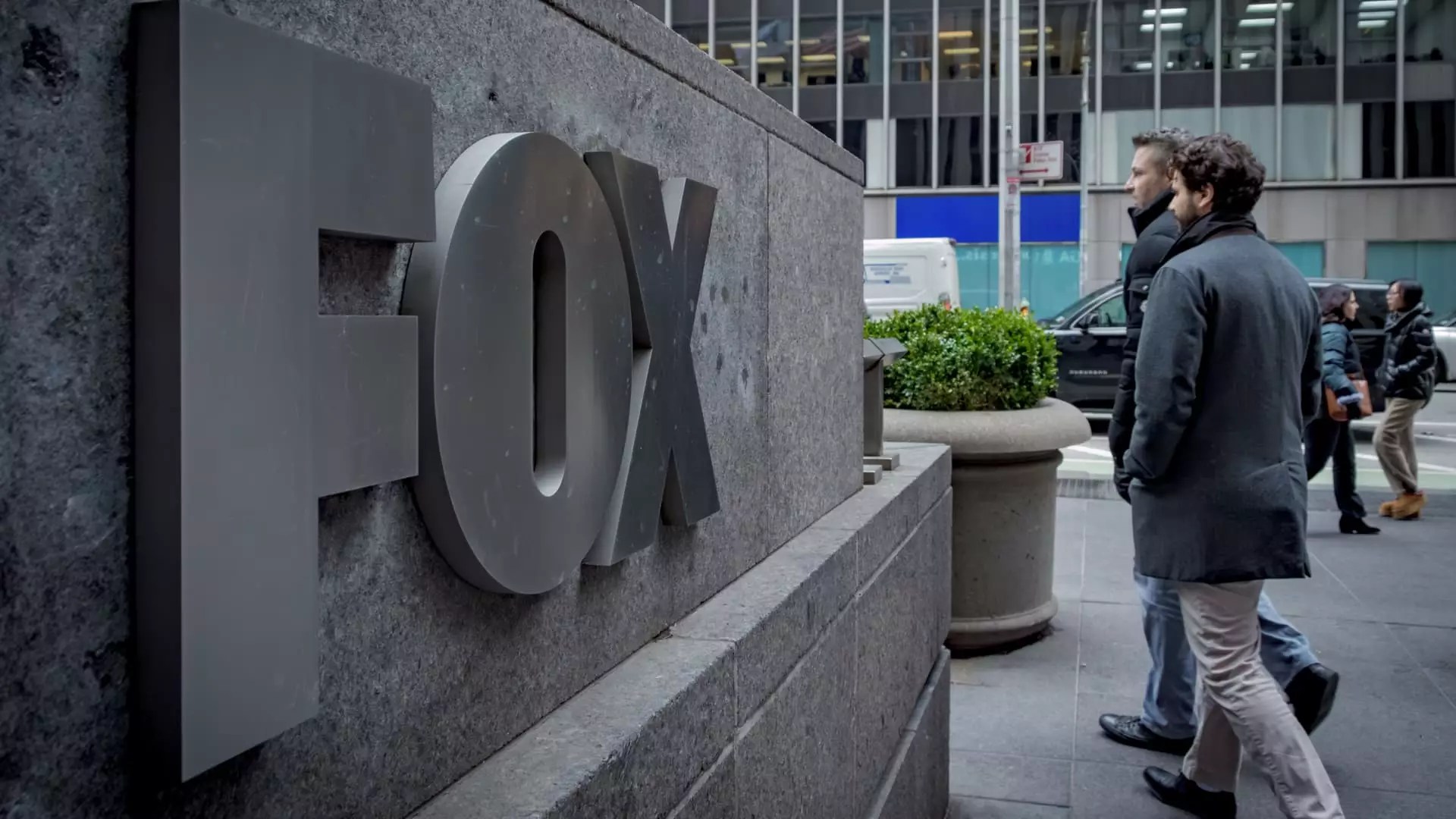Fox Corp.’s imminent launch of its direct-to-consumer streaming service, Fox One, marks a pivotal moment in the ongoing evolution of the streaming marketplace. With the NFL season around the corner, it seems the media corporation is poised to finally close the gap with its competitors in a space where it has lagged for too long. Fox CEO Lachlan Murdoch’s announcement, though lacking in specific details such as pricing, indicates a strategic effort to make this platform competitive.
In an era where viewers increasingly demand tailored and flexible content consumption, Fox’s late arrival to the streaming party might seem like a miscalculation. However, by focusing on traditional cable subscribers while simultaneously appealing to streaming audiences, Fox One could serve as a crucial bridge, redefining how sports and entertainment are delivered.
Pricing: A Strategic Yet Risky Stance
Murdoch insists that Fox One’s pricing will align with wholesale models, suggesting a commitment to value without resorting to discounting. This approach is intriguing because it reflects a belief in quality over quantity—the idea that subscribers will see inherent value in paying a “healthy” price for the service. However, this stance is risky. The streaming market is flooded with affordable options, and consumers are gravitating toward platforms that deliver content without hefty financial burdens.
If Fox One does not differentiate itself with unique or compelling offerings, there’s a genuine risk that viewing habits will not shift as desired, leaving the service to languish in a burgeoning sea of alternatives.
A Fear of Losing the Traditional Consumer
Murdoch’s comments about avoiding a ‘failure’ in subscriber retention articulate a valid concern. The media landscape is fraught with anxiety over cable cord-cutters, yet viewing habits are not exclusively shifting toward streaming. By prioritizing the existing paid cable subscriber base, Fox One appears to understand its core audience yet seems to underestimate the preferences of younger generations who might prefer a standalone streaming service over traditional cable bundles.
In fact, many cable providers have already begun losing subscribers, reaching out for enhanced, standalone services as they seek to adapt. If Fox One fails to attract this demographic, it risks becoming irrelevant in an environment marked by swift change and evolving consumer demands.
Collaborations Could Propel Growth
Murdoch’s suggestion of exploring partnerships with other distributors and services introduces an interesting dynamic into Fox One’s strategy. Collaborations could afford Fox more exposure and efficiency, leveraging partnerships that already possess a strong foothold in the streaming world. This could mitigate some of the risks associated with launching in such a competitive marketplace.
However, dependence on collaborations may also dilute Fox’s unique brand identity, making it just another player in an over-saturated market. If the partnerships foster innovation rather than conformity, Fox One could indeed become a stand-out service.
The Streaming War: Not Just About Sports
Finally, while this launch coinciding with the NFL season is undoubtedly relevant, Fox One’s ambition should extend beyond sports coverage. Rivals like Disney with ESPN and Warner Bros. with Max have already capitalized on the blend of diverse content delivery. If Fox One hopes to thrive, it must embrace a myriad of programming options that extend beyond just sporting events, positioning itself as a well-rounded media service rather than a niche platform.
The stakes are high. In an ever-changing digital landscape, Fox One’s timely launch could either establish it as a formidable contender or as another footnote in the annals of streaming history.


Leave a Reply